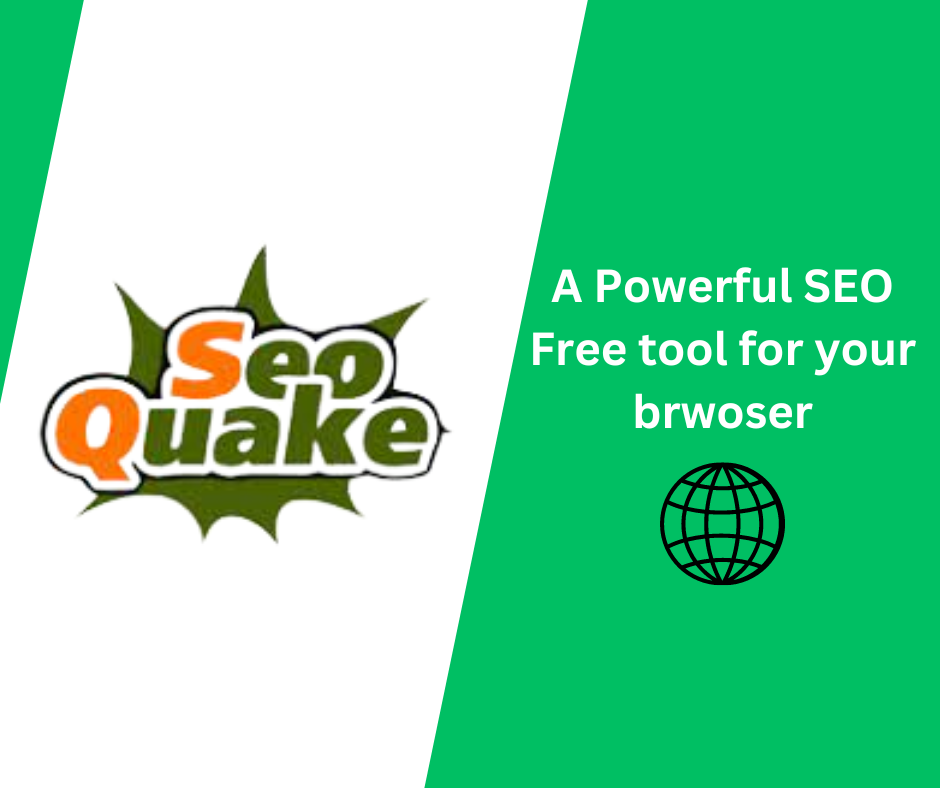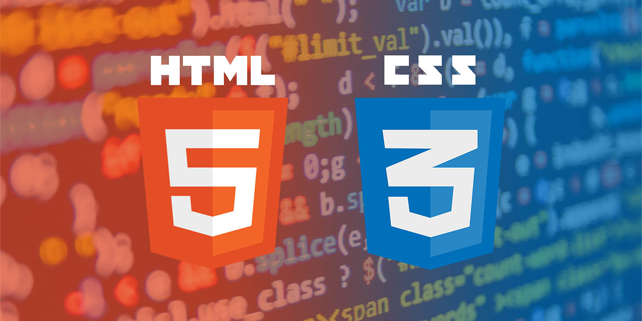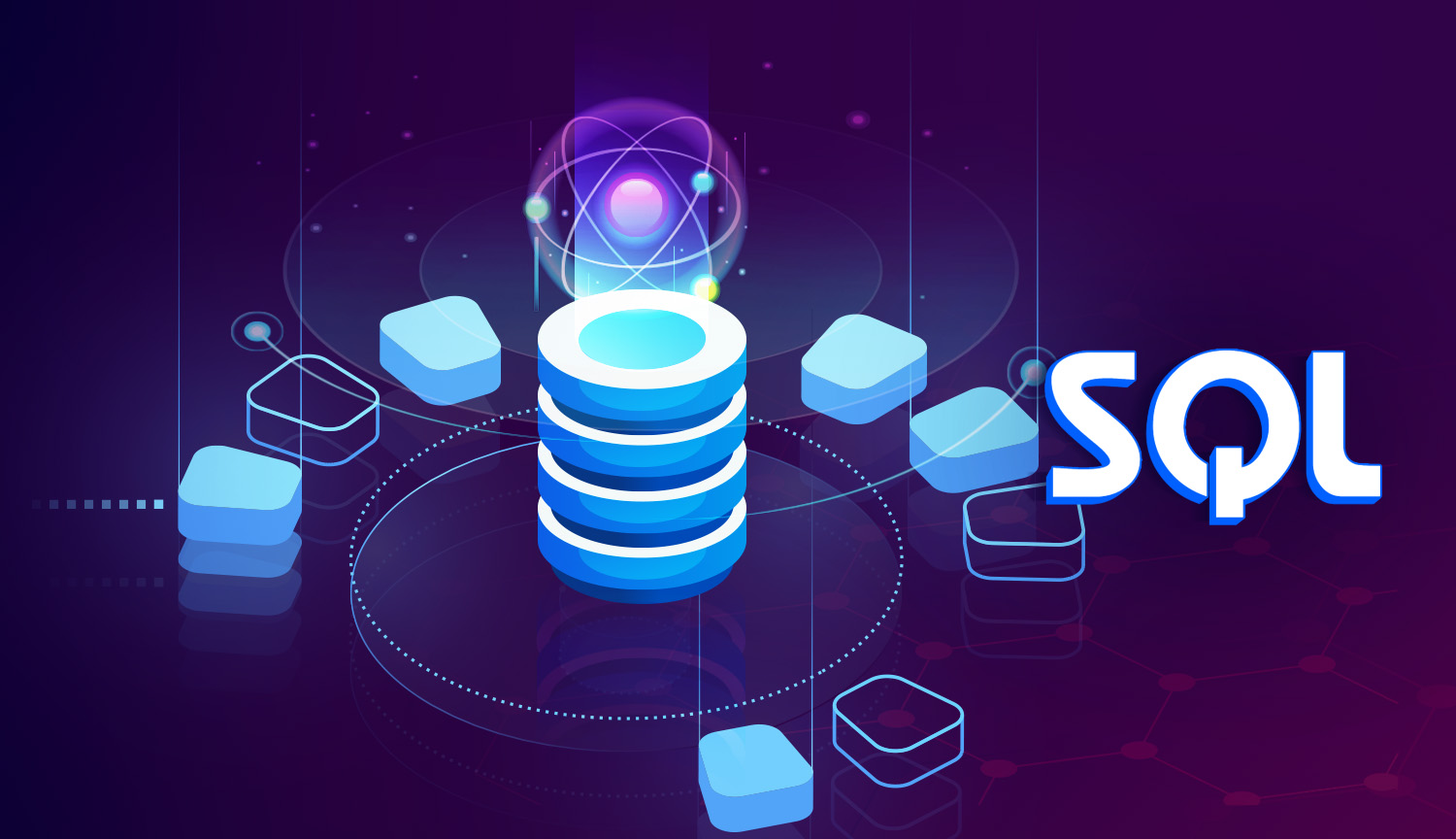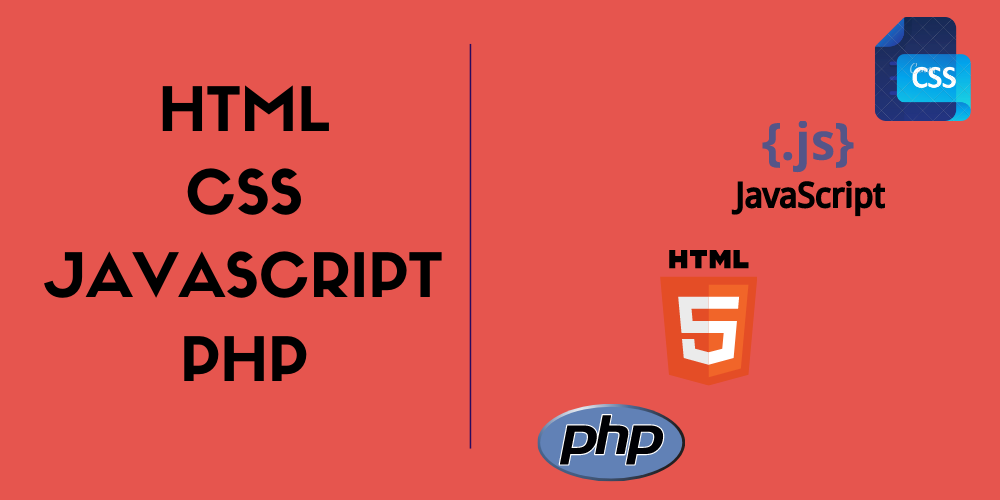The Power of Personalization: How to Tailor Marketing Strategies for Better Results
In an era where consumers are bombarded with generic marketing messages, personalization has emerged as a critical strategy for businesses aiming to stand out. Personalized marketing strategies leverage customer data to create tailored experiences, driving better engagement and conversions. From data-driven personalization to AI-powered recommendations, the ability to connect with customers on a personal level is transforming how businesses interact with their audience.
This blog explores the power of personalization, its benefits, and how you can effectively implement it to enhance your marketing efforts.
What Is Personalized Marketing?
Personalized marketing refers to tailoring content, offers, and experiences to individual customer preferences, behaviors, and needs. It goes beyond using a customer’s name in an email; it involves leveraging data-driven personalization to create meaningful interactions at every touchpoint.
For example, think about how Netflix suggests shows based on your viewing history or how Amazon recommends products that align with your previous purchases. These are prime examples of personalization in action, and they work because they make the customer feel understood.

Benefits of Personalization in Marketing
1. Improved Customer Engagement
Personalized marketing strategies drive higher engagement. Customized content resonates more with users, leading to better click-through rates and longer time spent interacting with your brand.
2. Higher Conversion Rates
Dynamic content marketing ensures that your audience receives relevant messages, increasing the likelihood of them taking desired actions, whether it’s making a purchase, signing up for a newsletter, or downloading an eBook.
3. Enhanced Customer Loyalty
When customers feel valued and understood, they are more likely to return. This customer-centric marketing approach fosters long-term relationships and loyalty.
4. Better ROI
Personalization boosts return on investment by improving campaign effectiveness. Studies show that personalized emails can deliver six times higher transaction rates than non-personalized ones.
5. Competitive Advantage
Businesses adopting AI-powered personalization and predictive analytics in marketing gain an edge over competitors by delivering superior customer experiences.
Key Personalization Techniques
1. Content Personalization
Delivering customized blog posts, videos, or product recommendations based on user preferences and behavior enhances relevance. For instance, e-commerce sites can suggest products similar to what a customer has browsed or purchased.
2. Email Personalization
Emails tailored to individual preferences, such as product recommendations or exclusive offers, drive higher open and conversion rates. Use audience segmentation to target specific groups and ensure messages resonate.
3. Website Personalization
Adapt website content in real-time based on user demographics, browsing history, or location. Tools like Optimizely and Dynamic Yield enable businesses to implement this strategy seamlessly.
4. Social Media Personalization
Platforms like Facebook and Instagram allow for hyper-personalization through targeted ads. These ads leverage data to reach users with content aligned to their interests and behaviors.
5. Predictive Analytics in Marketing
Using historical data, predictive analytics anticipates customer needs and tailors marketing strategies accordingly. For example, it can forecast when a customer is likely to repurchase a product and trigger a relevant offer.
How to Implement Effective Personalized Marketing Strategies
1. Collect and Analyze Data
Data is the backbone of personalized marketing. Use tools like Google Analytics, CRM platforms, and social media insights to gather valuable information about your audience.
Demographics: Age, gender, location
Behavior: Browsing history, purchase patterns
Interests: Content preferences, social media interactions
2. Leverage Audience Segmentation
Segmentation divides your audience into smaller groups based on common characteristics. For example, segmenting by purchase behavior lets you send different offers to first-time buyers versus repeat customers.
3. Use Dynamic Content Marketing
Dynamic content adapts to individual users in real-time. Whether it’s an email banner, website landing page, or product recommendation, dynamic content ensures a highly personalized experience.
4. Integrate AI-Powered Personalization
AI-powered tools like Adobe Sensei or IBM Watson analyze vast datasets to deliver real-time, hyper-personalized customer experiences. They predict user behavior and adjust marketing efforts dynamically.
5. Optimize Across Multiple Channels
Consistency is key. Ensure your personalization efforts extend across all touchpoints, from email and social media to your website and even in-store experiences.
6. Test and Optimize
Regularly test your personalized campaigns. A/B testing helps determine which strategies work best, allowing you to refine and optimize for better performance.
Popular Tools for Personalization
CRM Platforms (e.g., Salesforce, HubSpot): For managing customer data and personalizing interactions.
Email Marketing Tools (e.g., Mailchimp, Sendinblue): For creating and automating personalized email campaigns.
Website Personalization Tools (e.g., Optimizely, Dynamic Yield): For real-time website personalization.
Analytics Tools (e.g., Google Analytics, Kissmetrics): For tracking and analyzing user behavior.
AI Tools (e.g., Adobe Sensei, IBM Watson): For enhancing predictive analytics in marketing and automating complex personalization tasks.
The Future of Personalization
The future of personalized marketing is evolving with advancements in technology:
Hyper-Personalization
As AI and machine learning capabilities grow, hyper-personalization will enable even more precise targeting, tailoring every interaction to the individual customer’s context.Voice and Visual Search
With the rise of voice assistants and visual search technologies, personalization will extend to these channels, offering customized search results based on individual preferences.Privacy-Centric Personalization
As data privacy becomes a top priority, businesses will need to balance personalization with compliance, ensuring customer trust while delivering relevant experiences.
Conclusion
Personalized marketing strategies are no longer optional—they’re essential. By implementing data-driven personalization, dynamic content, and AI-powered personalization, businesses can significantly improve engagement, conversions, and customer loyalty. With the right tools and strategies, you can tailor your marketing efforts to meet and exceed customer expectations, securing a competitive advantage in the digital age.



_(1).jpg)
_(2).jpg)
.jpg)
_(1).jpg)

.jpg)
.jpg)
.jpg)
.jpg)
.jpg)


.jpg)
_(1).jpg)
.jpg)
.jpg)


_(1).png)

.png)

1.png)
































4.png)









0 Replies to “The Power Of Personalization: How To Tailor Marketing Strategies For Better Results”
Leave a Reply
Your email address will not be published.